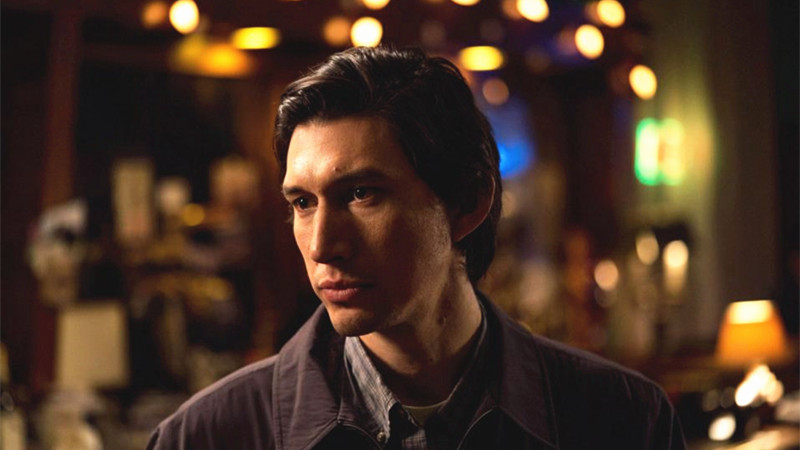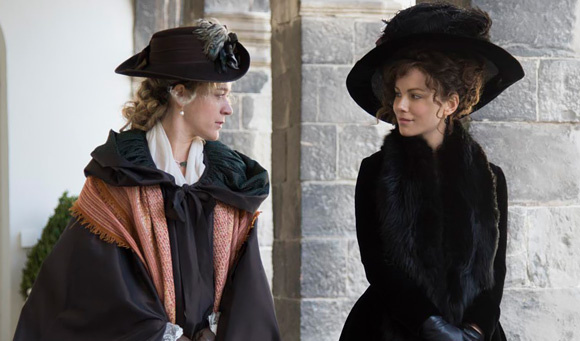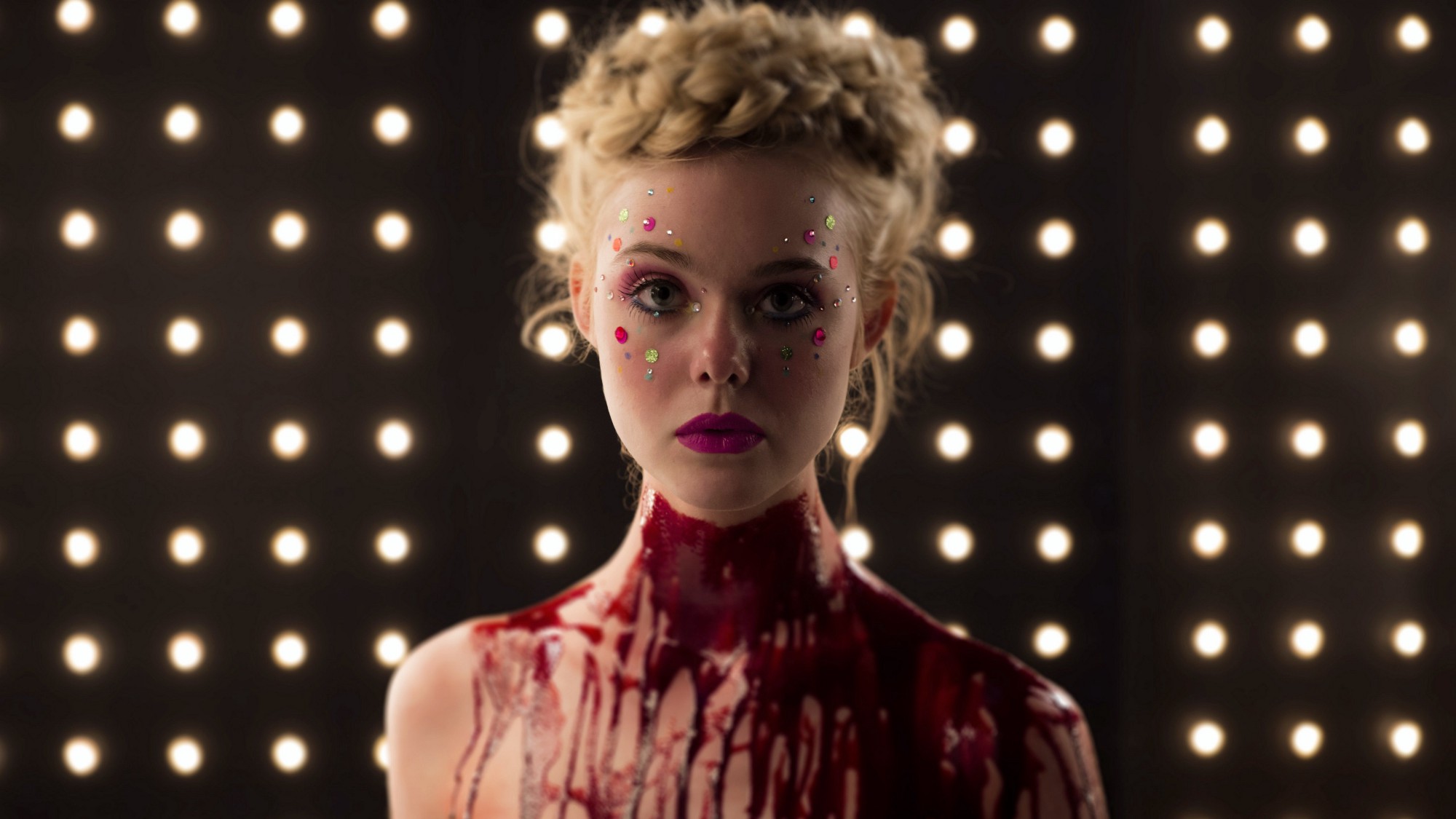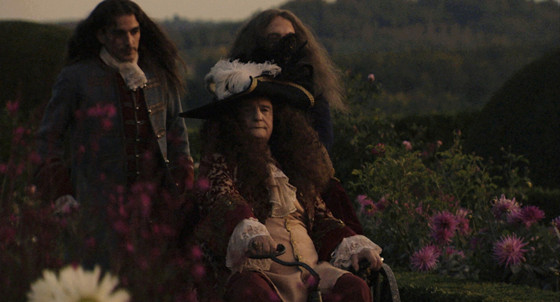
2016 has been quite a wild year. With December steadily marching forward into the New Year, many people are looking back and often it is with regret or sadness. So here I want to offer at least a bit of an antidote. 2016 has been a good year for cinema, I might even say a great one. Many films by young and old filmmakers, young or old, men or women have overwhelmed and surprised me. Lots of the great films were funny, just as many were deeply sad.
With many people mourning the state of cinema (as they usually do) and a rather lousy season for blockbusters, it’s been a joy to see that independent cinema all around the wild hasn’t lost any of its fascinating qualities. Many of these great films released his year I am sure you have heard of and either seen or are looking forward to. But with films like “La La Land” getting a lot of attention (it deserves it), many films that are just as good might not get the number of viewers they deserve.
Here is a list to shine a light on 10 wonderful films released in 2016, that you might not have heard of, may this list intrigue you to search for them.
10. Love & Friendship (Whit Stillman)

Love & Friendship is a little gem. It’s not a masterpiece and might not be remembered as one of the greatest films of the year, but it’s perfect for what it is.
A devilishly entertaining comedy of manners about a young widow, trying to find a suitor for her daughter, but not being able to hold back her own flirtatious needs. While Jane Austen probably isn’t the first writer one would associate with comedy, Whit Stillman adapts her unfinished novella “Lady Susan” into easily one of the funniest (and most consistently funny) films of the year.
Kate Beckinsale gives her best performance in years as Lady Susan, who is a man of terrible character, but stunning (in several ways) to watch. Seeing her team up again with not only Stillman, but also Chloe Sevigny is a delight and especially so for fans of “The Last Days Of Disco” (another underrated Stillman film).
The supporting cast is perfectly cast too, with Stephen Fry being wonderfully dry and sarcastic. Yet nothing beats the comic firework that is Sir James Martin, an unbelievably idiotic suitor played brilliantly by Tom Bennet. He steals every scene he is in as an unstoppable comedic force that will have you laughing until your ribs hurt.
9. The Happiest Day In The Life Of Olli Mäki (Juho Kuosmanen)

This year’s winner in Cannes’ Un Certain Regard section came somewhat as a surprise one could say. Usually “Un Certain Regard” is known for being the section that rewards more experimental work, that is too odd, or doesn’t have big enough names for the main competition.
Yet there isn’t really anything too experimental about “The Happiest Day In The Life Of Olli Mäki”, which isn’t a criticism at all. Instead it’s a wonderfully charming and sweet film, that revolves around a boxer preparing for a high profile fight. Here we see the sensibility of such Finnish films as the known work of Aki Kaurismäki.
Olli Mäki is kind of a lovable loser figure and a lot of ironic humor, awkward dialogue and often silent characters are also often seen trademarks of the national cinema of Finland. Yet what comes as a surprise is how lovable the film is, because even though it focuses on a boxer, it’s really barely a film about boxing, instead it’s simply a film about love.
It doesn’t pretend to be grand in its statement about love either. It’s not tragic or very philosophical, instead it’s just about the joy of falling in love and how confusing ad distracting that process can be. It’s shot in wonderful black and white and basically is entirely handheld.
The style invokes wonderful memories of the French New Wave and it often feels like a film from that time. Some moments in the film are delicately poetic balancing a somber and nostalgic feeling with an exuberant joy.
8. The Neon Demon (Nicolas Winding Refn)

Nicolas Winding Refn’s latest film has been met with an incredibly mixed reception ever since it’s been first screened at Cannes this year. The opinions are incredibly split with some people calling it a masterpiece and others a disaster. Now as the year comes to its end, the consensus still isn’t clear with it being placed on number 3 of Cahiers du Cinema’s list of best films of the year, yet many people claiming it’s one of the worst.
Probably neither of these stances are entirely correct, yet it is undeniable that Refn has created a memorable experience. The story centers on Elle Faning, a young model who travels to L.A. to make it big. Of course it’s a story that’s been done a million times before, but the question is what Refn does with it. He subverts it into a horror story with strong echoes of the Narcissus myth, set to Neon lights and a pulsating score.
As already said, there is lots to love and lots to hate in this film, depending where you come from, yet the probably most nonsensical criticism of the film is one that gets voiced repeatedly often: “It’s style over substance”. Sidney Lumet once wrote in his marvelous book “Making Movies” how “style” is probably the most misused word when people discuss films.
This has become painfully obvious in the discussion surrounding “The Neon Demon”, a film, where style IS substance. The criticism of the film being shallow and pretty is quite irritating when one looks at the themes and characters the film is dealing with.
Actually one would have to say that the film absolutely necessarily is shallow and pretty. It’s a perfect reflection of not only the main character, but the world Refn is dealing with in the film. He himself has repeatedly stated, that it’s a film about beauty. If one agrees with that type of film or not is a different thing, and it’s understandable if the type of film doesn’t necessarily appeal to everyone.
Yet saying that Refn only cared about the style of the film and not its topics, when the style exactly deals with said topics of the film in the most direct way possible doesn’t seem quite thought through. It’s colorful, not subtle at all, stylish, sometimes fun and sometimes quite uncomfortable, but it’s certainly a captivating film that one should watch on a screen as big as possible.
7. The Death Of Louis XIV (Albert Serra)

Watching a man slowly die in a room over the span of an entire film doesn’t really sound like an intriguing concept. Yet somehow miraculously “The Death Of Louis XIV.” really makes a thoughtful, touching and often times very funny film out of the dull sounding concept. Albert Serra has made a name for himself for making exciting and strange films in historical settings while also being cinematically inventive.
This film is easily his most accessible, yet it’s still by no means a traditional or even easy watch. The film can be very slow sometimes and has its uncomfortable moments. That being said, it handles its subject matter gracefully and though it’s often funny, it’s not at the expense of the characters.
The film soon develops a dreamlike quality, as we watch Louis XIV. slowly dying in the public eye (there are odd scenes of the public watching him eat and applauding). We soon lose a sense of time, not really knowing how much time has passed in between some scenes and how many days are really passing, but also not really having any feeling anymore for how long the film itself has been going on. The entire film is held together by the majestic screen presence of the great Jean Pierre Leaud.
In the end, casting him was the real act of genius by Serra. He gives the movie layers, that wouldn’t have existed without having exactly him as its star. Not only does his portrayal of Louis give the character unspoken details, but Leaud’s persona fits the film almost eerily well. Just like the king, Leaud himself has been living his life in the public eye, being watched by people ever since he was a kid and became famous in Truffaut’s now legendary film “The 400 Blows”.
With that thought in the back of one’s head, many scenes, like the one already mentioned before, evolve a poignancy that makes the film a very odd, but incomparable experience. It also has probably the best closing line of any film in this year.
6. Hermia & Helena (Matias Pineiro)

If you’ve been following the cinema of Argentina lately or checked out films playing at festivals like Locarno, you may have already heard of Matias Pineiro. He’s one of the exciting filmmaking talents to be emerging from South America right now. That being said though he has yet to receive his due acclaim since he hasn’t won any of the big prizes yet. Luckily since he works on tight budgets with small crews, that can’t stop him from prolifically producing one film after the other.
With “Hermia & Helena”, he makes his first film in English. Shot almost entirely in New York and featuring wonderful parts for many American independent filmmakers (Dustin Guy Defa, Dan Sallitt etc.) it still provides us with many characteristics of Pineiro’s other films, most noticeably: William Shakespeare.
The title refers to two characters from Shakespeare’s “Midsummer Night’s Dream”, which is prominent in the plot. In the film Camilla , a young woman from Argentina travels to New York after receiving a scholarship to work on a translation of “Midsummer Night’s Dream”.
Soon though she gets distracted from her work by an ex-boyfriend and tries to find her biological father. The film isn’t too heavy on plot though, instead it’s an incredibly light-footed game with narrative and cinematic form. The film happily jumps around in chronology, once interrupts the entire film to show us a short film inside the film and often fades in different passages of text from Shakespeare.
While all of this might sound hard to follow and sometimes forcedly intellectual, it instead plays out very gracefully. Pineiro does it all with such fun, that the emotion we feel throughout the entire film is joy. It’s an incredibly fun watch especially for cinephiles and a great example for the fact, that experimenting with cinematic expression doesn’t have to be awfully serious.